BLOG
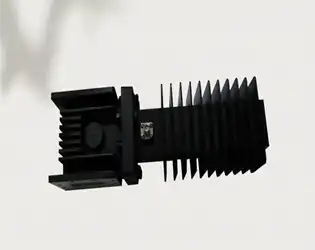
What are the common structural forms of high-power waveguide isolators?
January 23, 2025
High-power waveguide isolators are critical components in modern microwave systems, serving as essential devices that allow electromagnetic waves to propagate in one direction while blocking reverse propagation. Understanding their structural forms is crucial for engineers and technical professionals working in satellite communications, defense systems, and aerospace applications. This comprehensive analysis explores the various structural configurations of high-power waveguide isolators, their characteristics, and their applications in advanced microwave systems.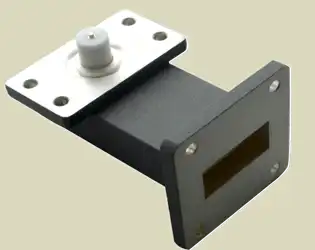
January 23, 2025
In the ever-evolving landscape of microwave and millimeter-wave technology, the choice of signal transmission components plays a crucial role in system performance. Right Angle Waveguide to Microstrip Adapters have emerged as essential components in modern RF and microwave systems, offering distinct advantages over conventional adapter types. This comprehensive analysis explores the unique benefits these specialized adapters provide in signal transmission applications, particularly focusing on their superior performance characteristics and practical implementation advantages.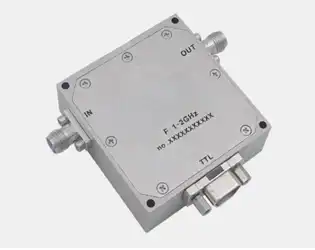
What is the basic working principle of a digitally controlled phase shifter?
January 22, 2025
A digitally controlled phase shifter is a sophisticated microwave component that enables precise control over the phase of RF signals through digital input commands. This advanced device operates by utilizing semiconductor switches or variable elements to modify the transmission path length or electrical properties of the circuit, thereby achieving controlled phase shifts in the RF signal. The fundamental principle involves creating discrete phase states that can be selected through digital control bits, allowing for accurate and repeatable phase adjustments in microwave systems. This technology is crucial in modern RF systems, particularly in beam steering applications, phased array antennas, and advanced communication systems.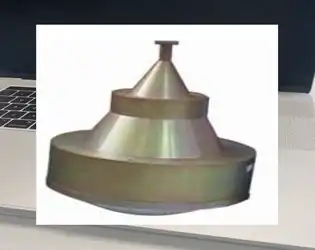
January 22, 2025
The point-focusing horn lens antenna represents a sophisticated advancement in electromagnetic wave transmission technology, combining the principles of horn antenna design with specialized lens configurations to achieve precise beam focusing and directional control. This innovative antenna system utilizes a carefully engineered combination of a conical or conical-corrugated horn coupled with a convex lens structure to create a focused beam that converges at a specific focal point. The design enables exceptional control over electromagnetic wave propagation, making it particularly valuable for applications requiring precise beam management and efficient power transmission.
How does gain affect the radiation pattern of a log - periodic antenna?
January 22, 2025
The relationship between gain and radiation pattern in log periodic antennas (LPAs) represents a fundamental aspect of antenna design that significantly influences their performance and applications. The gain of a log periodic antenna directly affects its radiation pattern by shaping the directivity, beamwidth, and overall radiation characteristics. As the gain increases, the main beam becomes more focused and narrower, resulting in enhanced directional capabilities but potentially reduced coverage area. This intricate relationship is crucial for applications in satellite communications, defense systems, and aerospace technologies where precise control over radiation patterns is essential for optimal performance.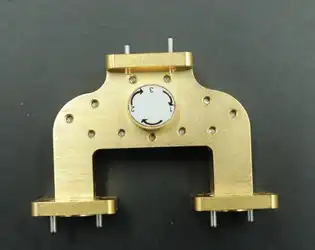
How is the coupling of a waveguide loop coupler calculated?
January 22, 2025
The calculation of coupling in a waveguide loop coupler represents a fundamental aspect of microwave engineering that demands precise understanding and mathematical analysis. This coupling mechanism, which enables power transfer between primary and secondary waveguides through a precisely designed coupling loop, involves complex electromagnetic interactions that must be carefully calculated to achieve desired performance specifications. The coupling coefficient, typically expressed in decibels (dB), depends on various factors including the loop's physical dimensions, orientation, and placement within the waveguide structure, as well as the operating frequency and waveguide dimensions.
What factors mainly cause the Insertion loss of waveguide transitions?
January 22, 2025
Waveguide transitions represent critical components in microwave systems where the efficient transfer of electromagnetic energy between different transmission line types is paramount. Understanding the factors that contribute to insertion loss in waveguide transitions is essential for optimizing system performance and minimizing signal degradation. These losses can significantly impact the overall efficiency of microwave and millimeter-wave systems, affecting applications ranging from satellite communications to radar systems. The primary factors contributing to insertion loss include impedance mismatches, manufacturing tolerances, material properties, and operational frequency ranges, each playing a crucial role in the transition's performance.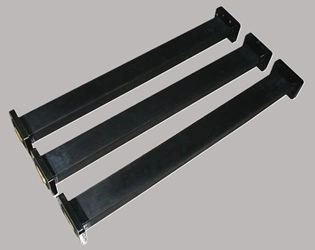
What is the manufacturing process of flexible twistable waveguide?
January 22, 2025
The manufacturing process of flexible twistable waveguide represents a sophisticated blend of precision engineering and advanced materials science. This critical component in microwave and RF systems requires meticulous attention to detail throughout its production stages to ensure optimal performance and reliability. The process involves specialized techniques for creating flexible waveguide sections that can both bend and twist while maintaining consistent electrical properties and mechanical integrity. Understanding this manufacturing process is essential for engineers and technical professionals working in satellite communications, defense systems, and aerospace applications.




